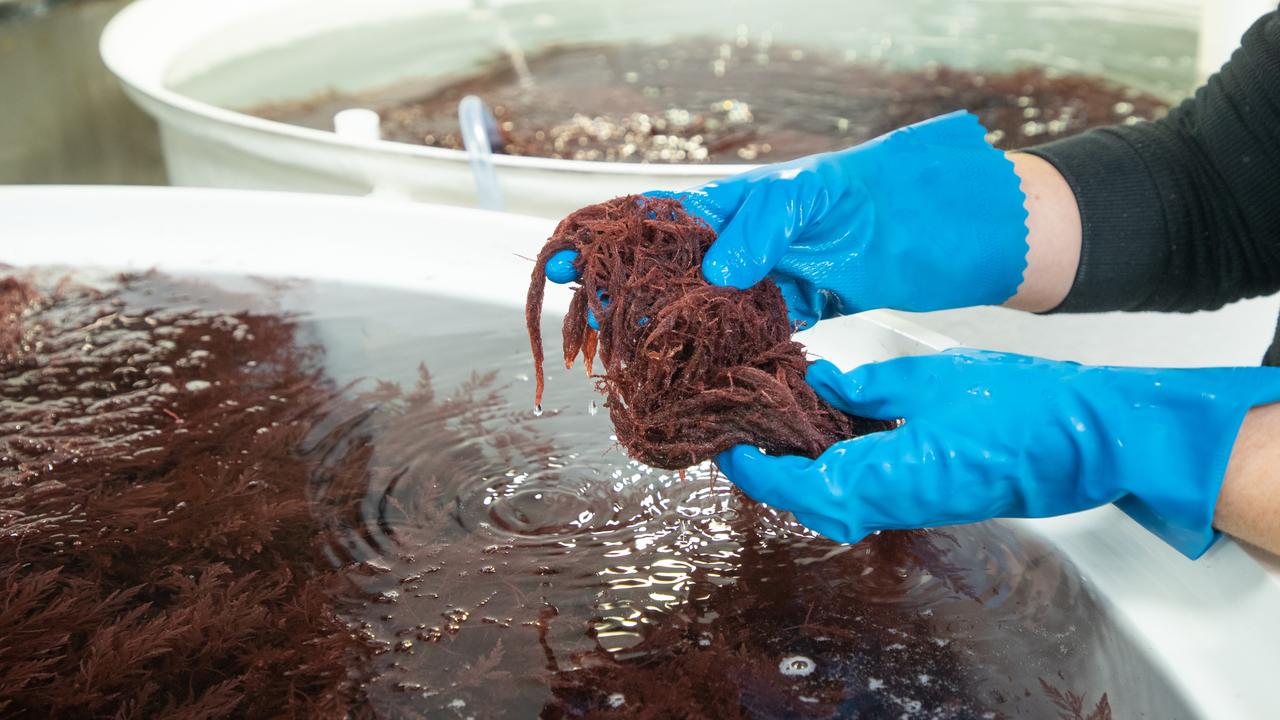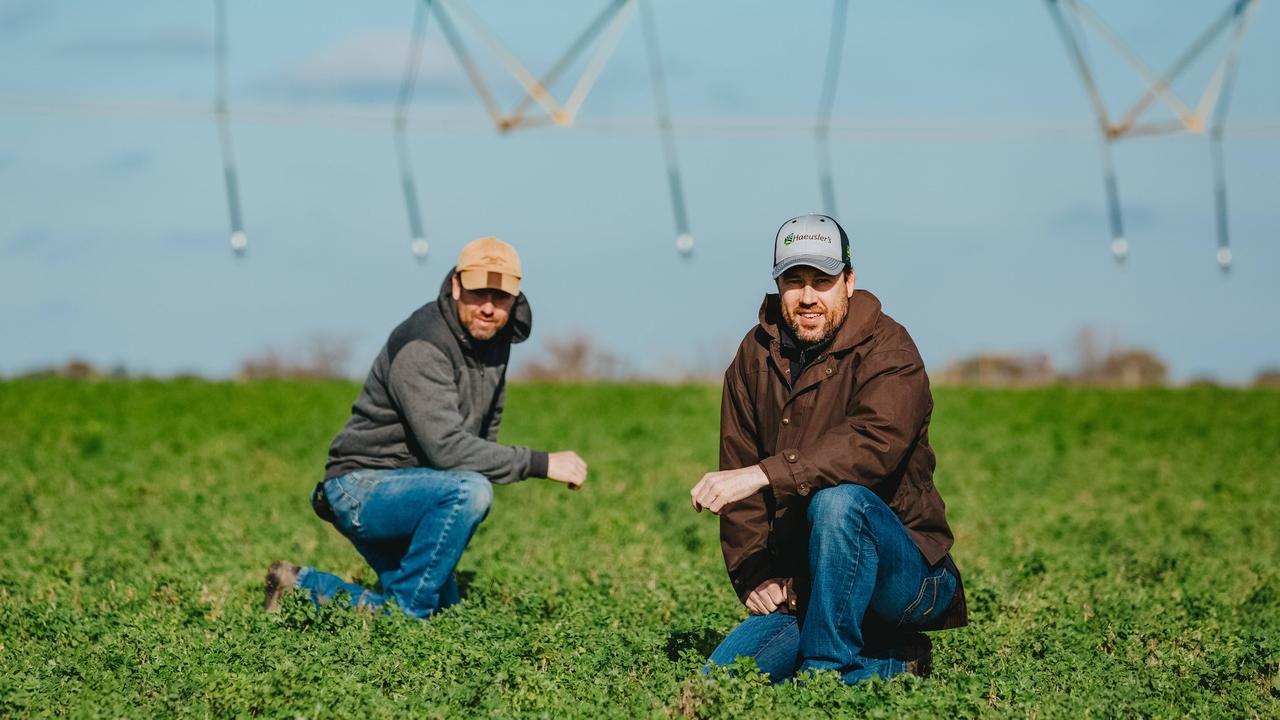Famous tulip family ramps up agritourism with autumn festival
AS THE name suggests, Kabloom Flower Festival is an explosion of colour, writes CAMILLE SMITH.

MARIGOLDS, snapdragons, dahlias, sunflowers, cosmos, cleomes, petunias, gomphrena, celosia and salvias in every colour of the rainbow will be in bloom this month across four hectares of Tesselaar Flower Fields, at Silvan.
Third-generation nurseryman Paul Tesselaar and his wife, Rachael, run the business and hope the event, now in its second year, will gain as big a following as their landmark spring tulip festival.
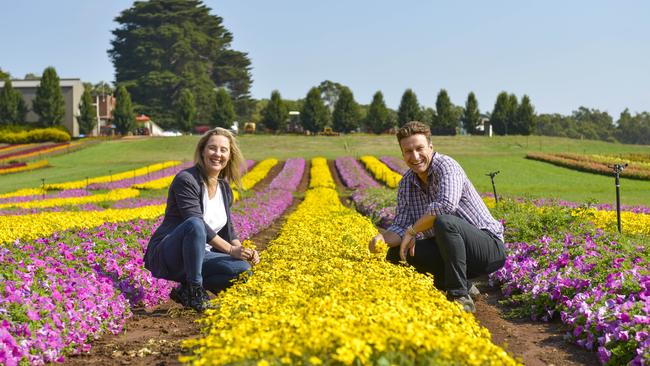
“I had all this infrastructure to cope with the tulip festival … buildings, toilets and other facilities,” says Paul, whose grandparents established the flower farm in 1945, after immigrating from Holland in 1939. “It just made sense to look at alternatives to use those assets that were otherwise sitting dormant for 11 months of the year.”
While Paul’s grandparents ran the farm as a wholesale cut flower and bulb operation, today all the flowers grown on the property are for display.
LOTUS FLOWERS: BLUE LOTUS WATER GARDEN CORNERING NICHE
PETITE INGREDIENT:EDIBLE FLOWER BUSINESS IN FULL BLOOM
THE ROOK BLOOMS KEEPS FLOWERS LOCAL
Tesselaar’s core enterprise is mail order plant and bulb sales, supplied by a network of Victorian growers.
Five years ago, Paul decided agritourism was the way of the future and went searching for a second festival idea that wouldn’t interfere with the tulips’ production schedule. He found inspiration at a lecture by Tasmanian lavender grower Robert Ravens, of Bridestowe Estate.
“He mentioned the wonderful flower festivals that happen in the Hokkaido region in Japan,” says Paul, who knew his 20 hectares at Silvan was not big enough to accommodate lavender.
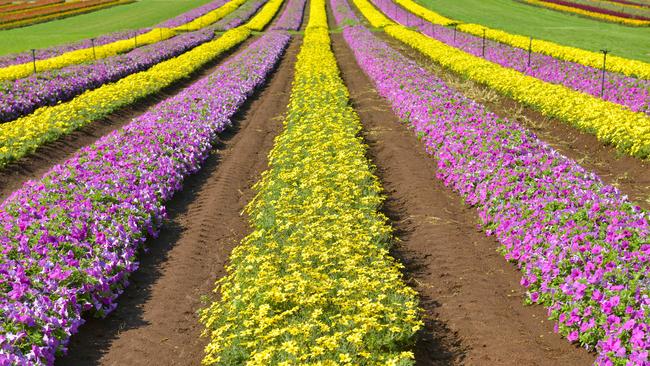
“I had a quick Google … and I was blown away by the array of colour.”
Paul flew to Japan to see Hokkaido’s dazzling flowers for himself, then worked with his horticulture director, Neil Bates, and Neil Scott, of Plantopia, to choose suitable annual varieties.
Seedlings are planted by hand in January and February. “Because they are growing actively through summer, they have a large requirement for water, nutrients and fertiliser,” Paul says.
Early flowering plants are pruned in March to encourage fuller growth. Blooms hit their splendour in the second week of April and are cultivated into soil after the festival.
“The colour in the fields is brighter than the fields of tulips,” Paul says. “These flowers are all flowering now and we are chopping them back to bring on more. Potentially we could get two months out of this flower festival.”

4
Kabloom Flower Festival will show off four hectares of flowers in bloom.
6
The Tesselaars have six hectares of carparks to accommodate visitors.
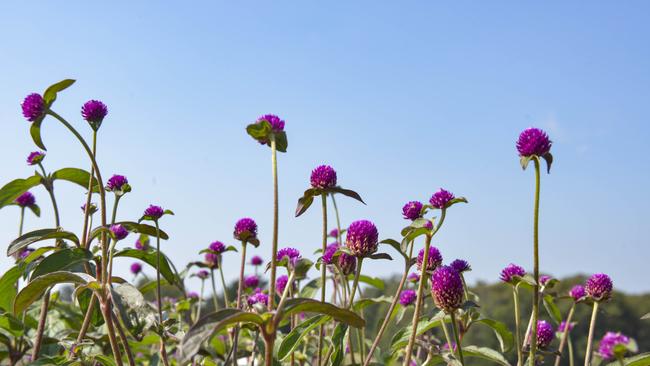
100
About 80 additional staff are employed for the flower festival, swelling Tesselaar’s workforce to 100 people.
50
Flowers in 10 varieties, five colours each, will be on show — resulting in fields of at least 50 different flower-colour combinations.
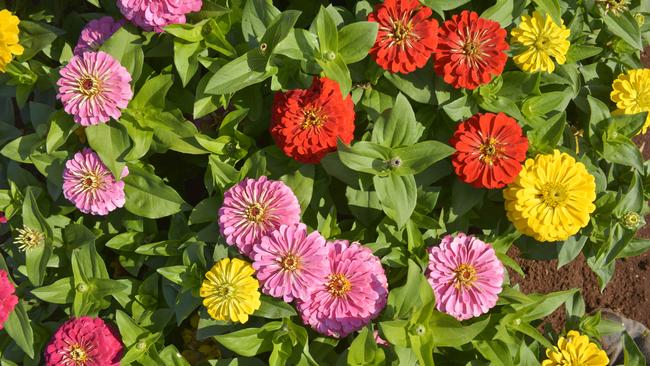
1 million
The estimated number of blossoms that will carpet the farm in April.
2003
The year Paul left his career in IT to return to the family flower business and take over from his father, Kees, who was retiring.

8995
The distance in kilometres Paul flew on his fact-finding mission to Hokkaido, Japan’s northernmost island, which is home to some of the world’s most stunning flower festivals.
100,000
Annual visitors to the long-running Tesselaar Tulip Festival, held in September.

20,000
The number of visitors to last year’s inaugural Kabloom Flower Festival.
$100,000
The amount Paul spends on annual advertising to promote the festivals.
“People walking through the gate is a much better business model than picking the flowers,” Paul says, “but it is not just a simple case of open the doors and they shall come.
“It does require strategy, forethought and research.”
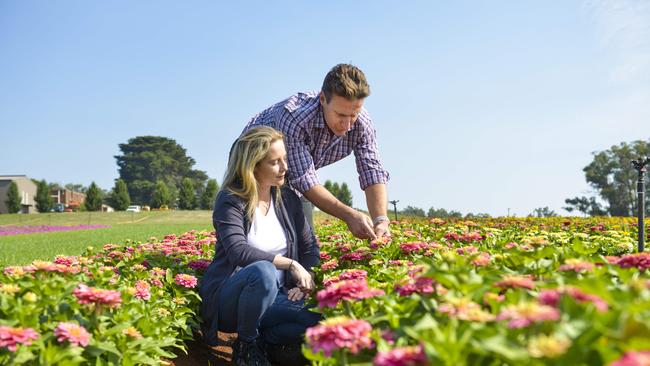
1954
The first year Paul’s grandparents, Cees and Johanna Tesselaar, welcomed visitors on to their farm to appreciate the flowers up close.
“People were always jumping the fence to look at the tulips,” Paul says. “They had enough of trying to keep people out, and just decided to open it.”
$25
Kabloom ticket price for adults.
23
Kabloom runs for 23 days, from April 6 to 28, with entertainment, treasure hunts, acrobats, plant sales, food and drink all on offer.
kabloom.com.au

